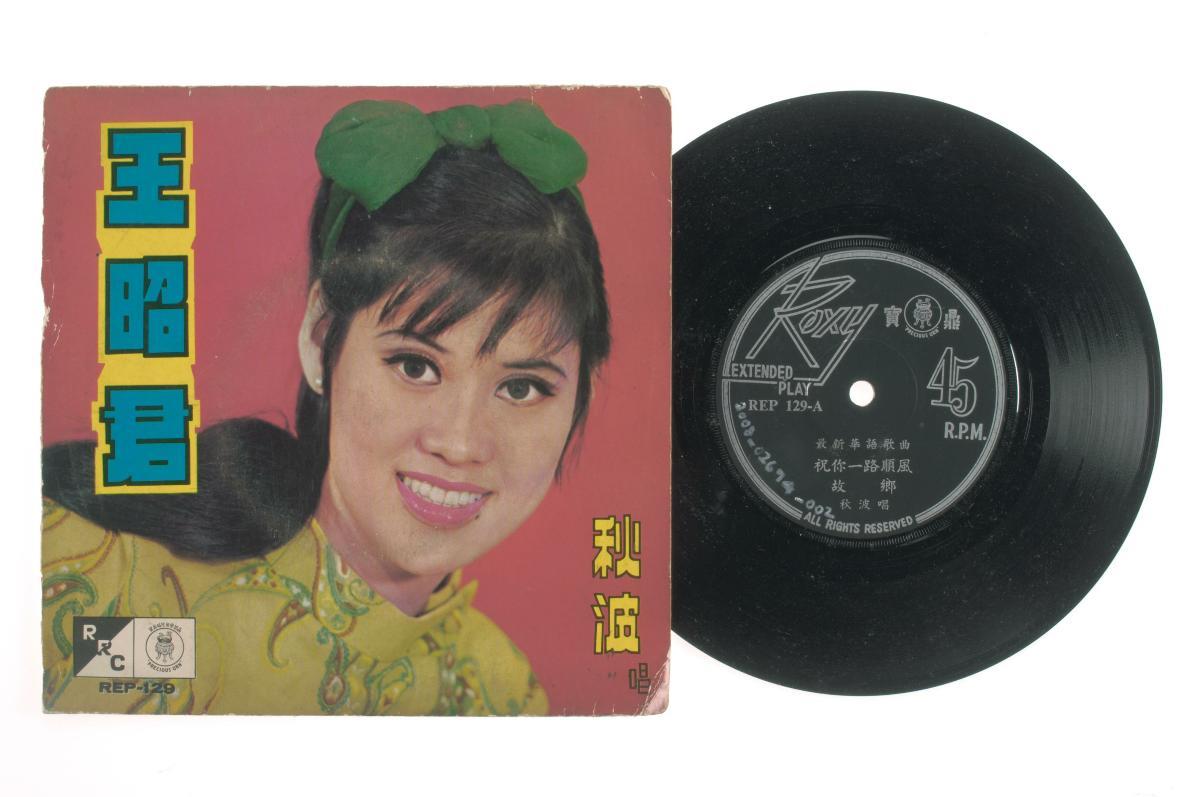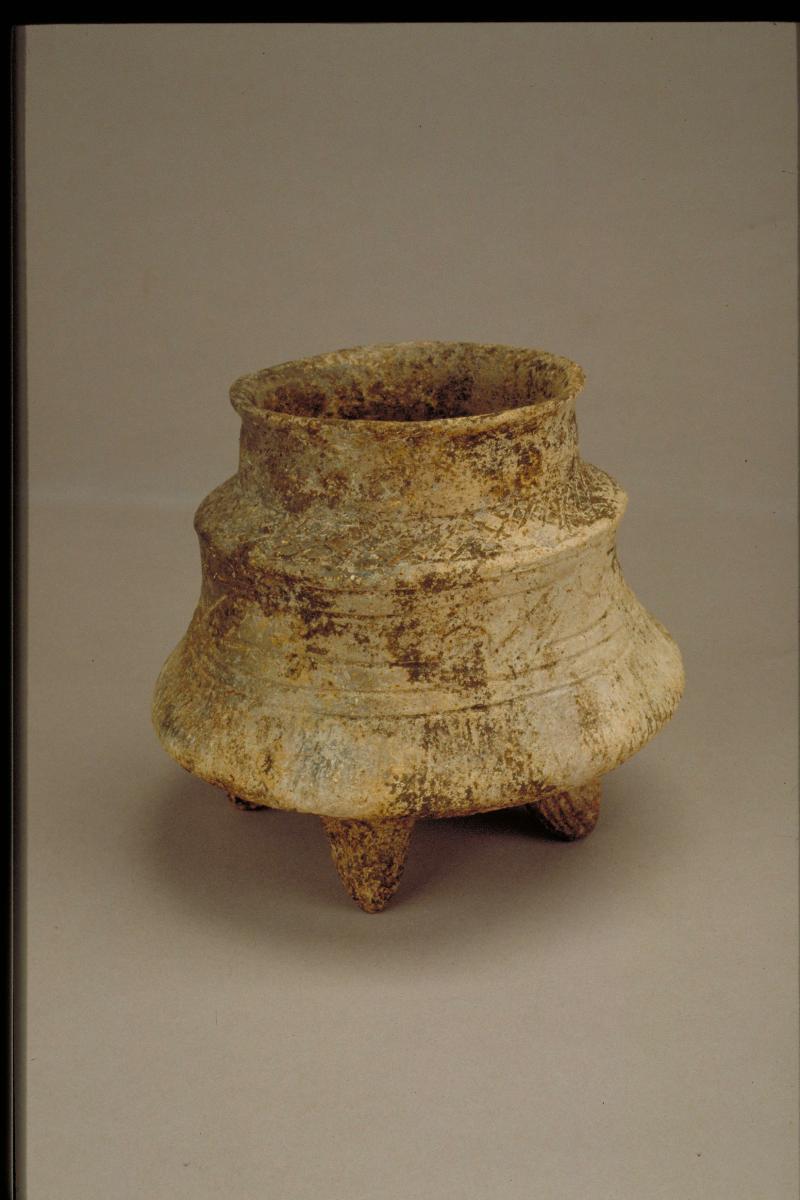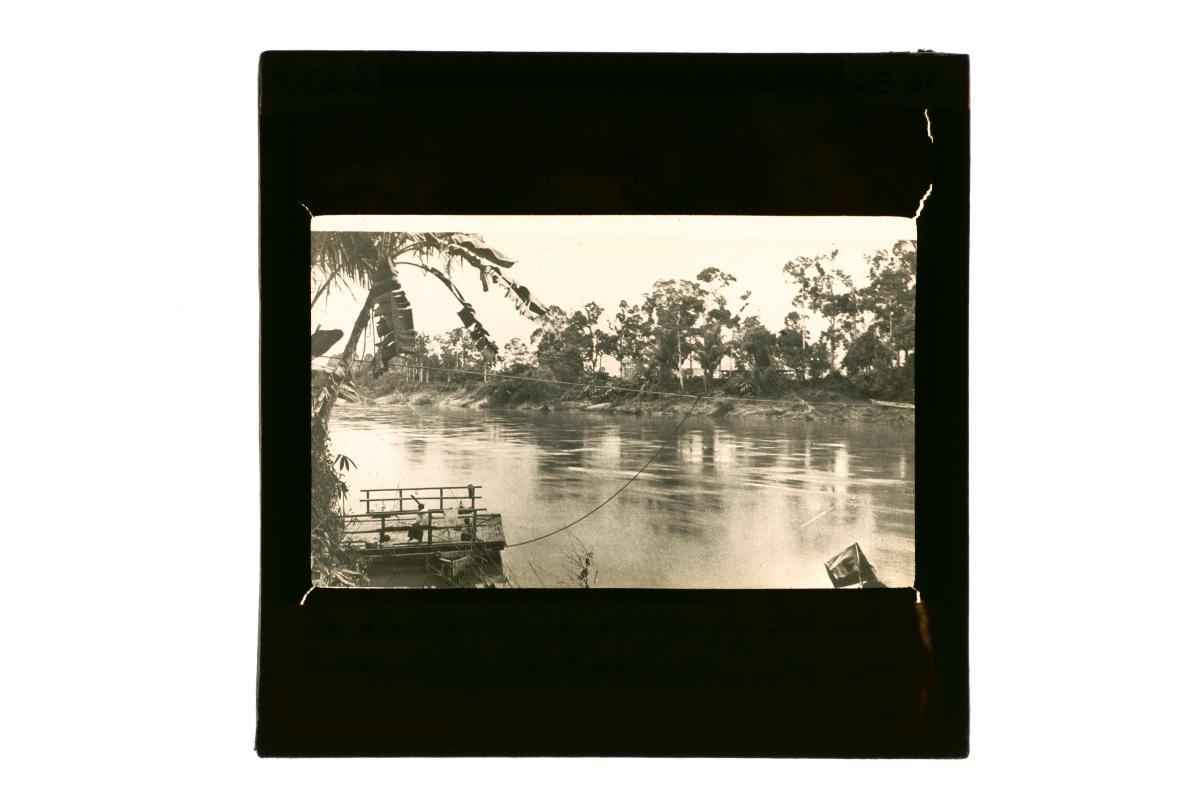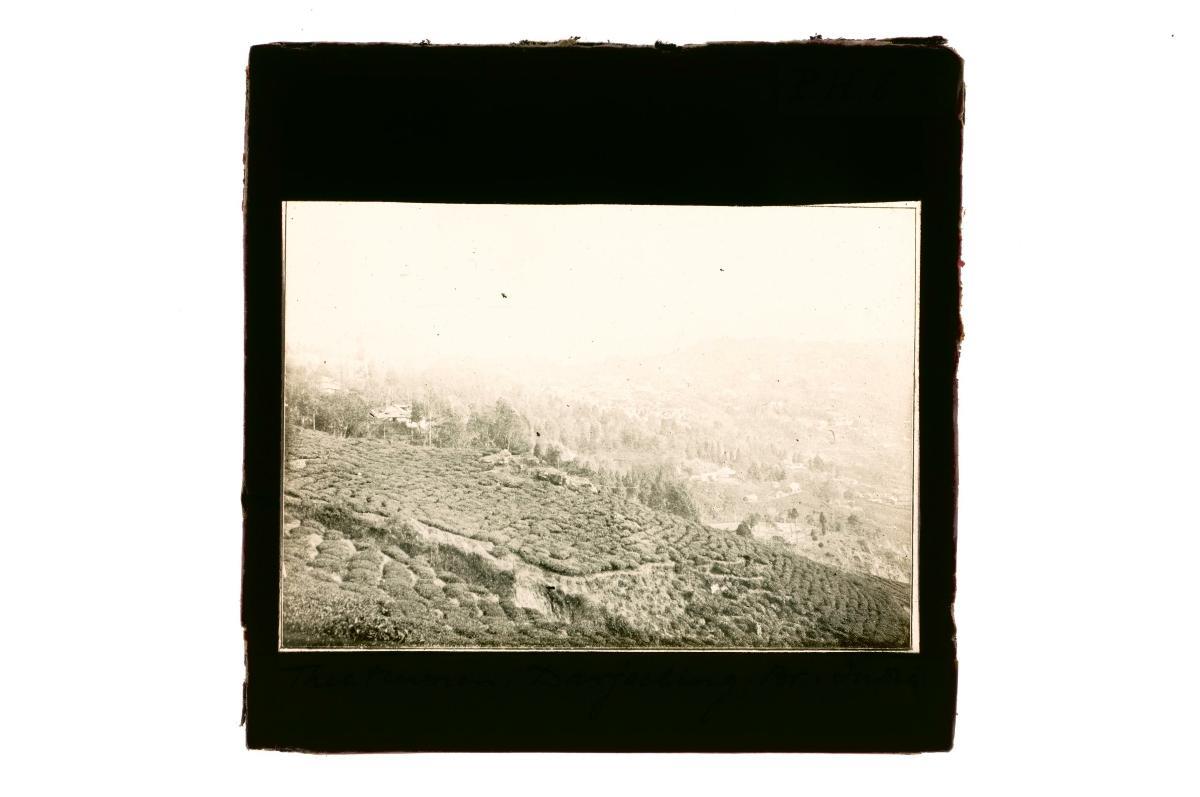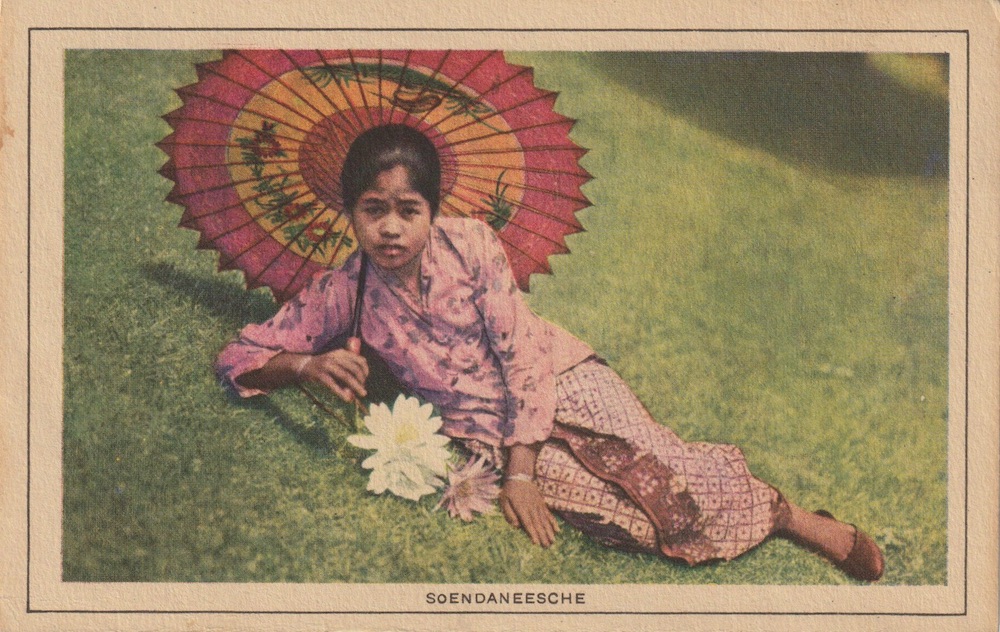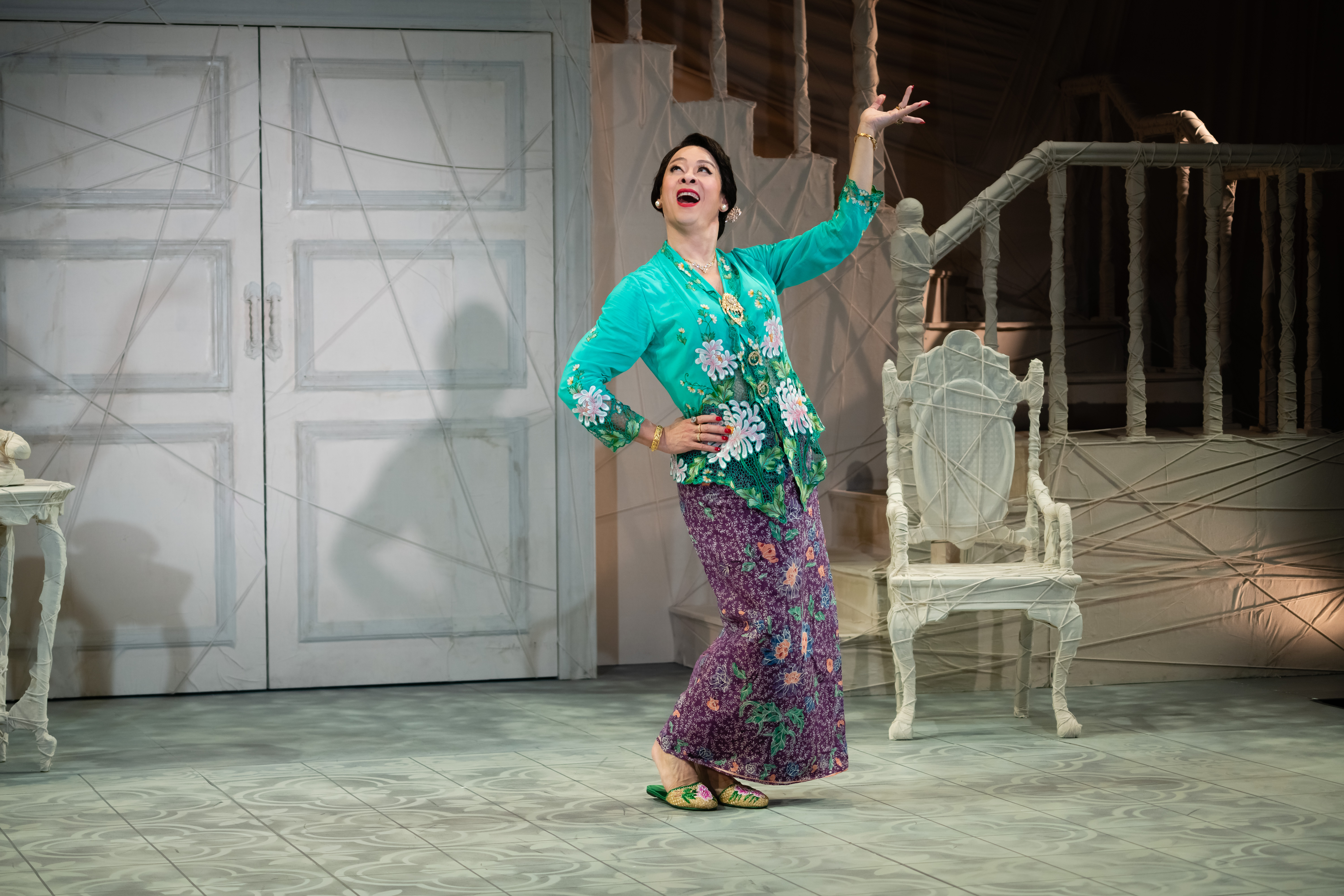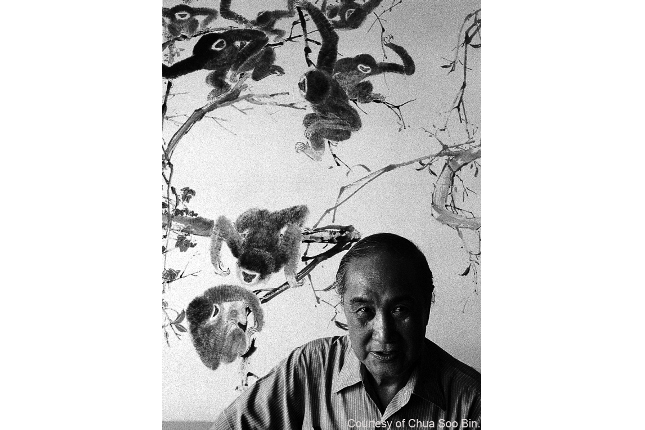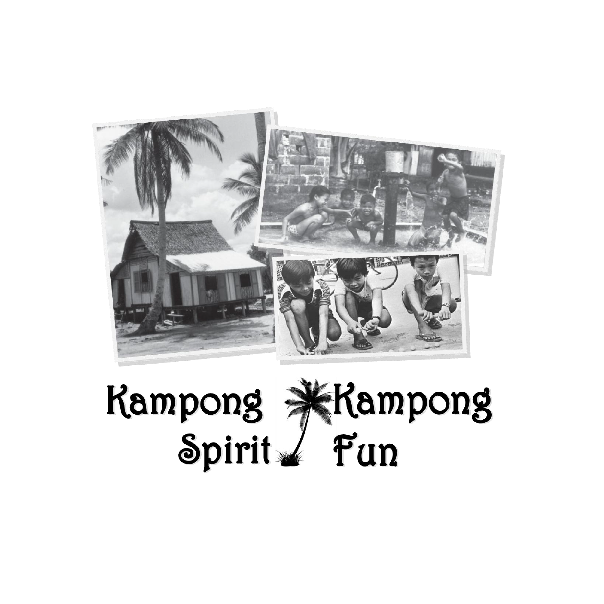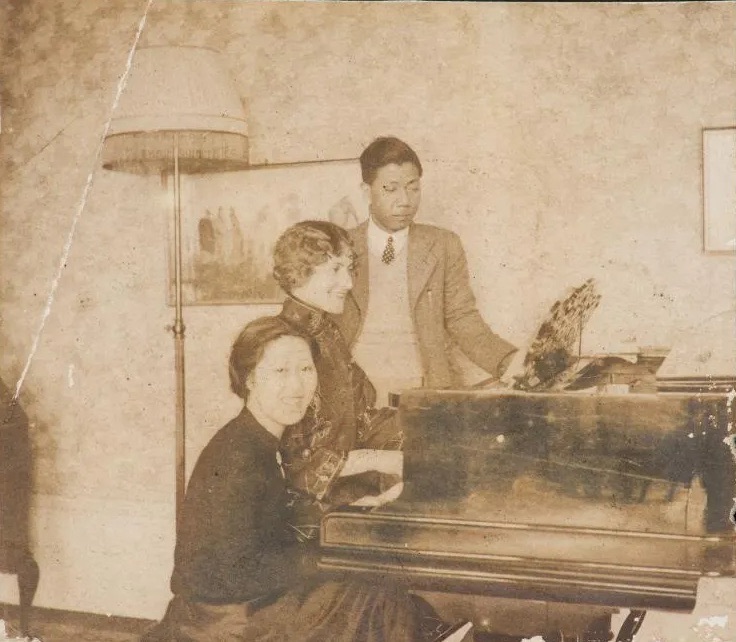This 15th century Tibetan, gilted bronze Buddhist Vajra (thunderbolt) together with the Buddhist bell, ghanta or drilbu are used as Tantric symbols in rituals in Vajrayana Buddhism. It is bipolar in design and is decorated with eight pronged spokes joined together at the centre. The beaded patterns mark a decorative elegance. This vajra emblem was adopted by the Indian Buddhism from Hinduism, as an emblem for Vajrapani, a bodhisattva. It is also the weapon of Vedic god Indra who himself was adopted into Buddhism as Shakra. Vajra originally symbolised invincibility and enormous power. A bodhisattva is a being who has attained enlightenment but has postponed Buddhahood to help others.





